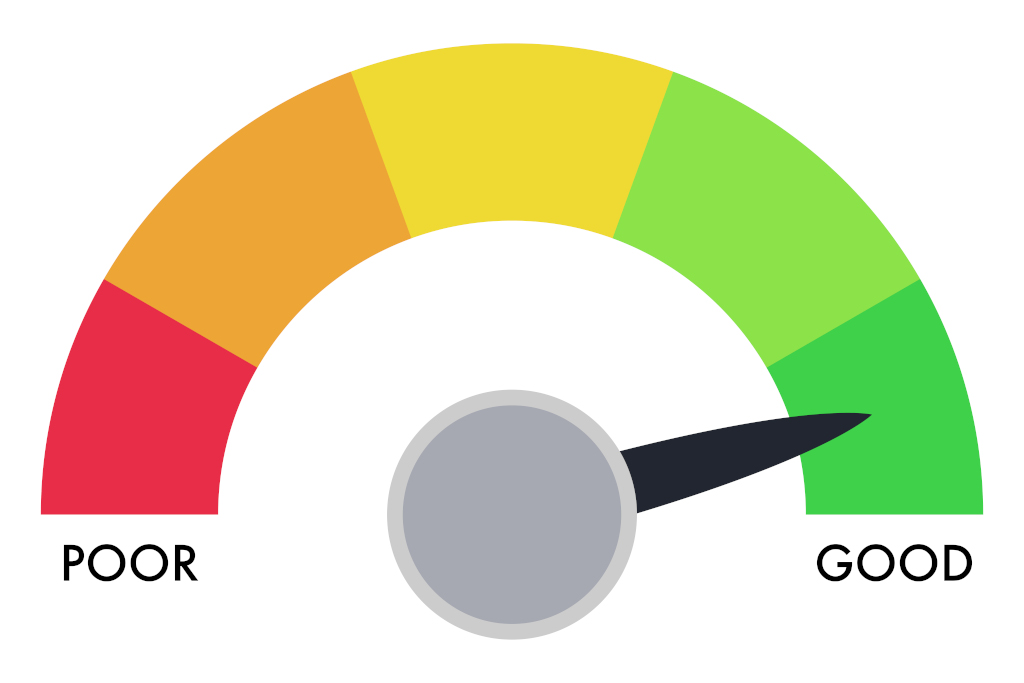Why Drupal is a Worthy Contender to AEM for Fortune 500 Companies
Adobe Experience Manager (AEM) and Drupal are two dominant players in the content management system (CMS) world. While AEM has secured its position as a leading choice among Fortune 500 companies, Drupal's capabilities should not be underestimated. Below, we tackle some of the perceived challenges of Drupal compared to AEM and offer an argument for why Drupal is an optimal choice for large-scale enterprises.
Addressing the Market Share Gap

It's easy to equate market share with quality. When we see that Adobe Experience Manager (AEM) has a significant footprint among Fortune 500 companies, the assumption is that it must be superior to other options like Drupal. However, this is a somewhat shortsighted view, as market share can be influenced by factors such as historical legacy decisions, vendor partnerships, and even marketing budgets. These elements may not have a direct correlation with the inherent capabilities of a CMS platform.
Cost of Ownership: A Pragmatic Perspective
One of the most straightforward differences between AEM and Drupal lies in their cost structures. AEM's licensing fee can start from $40,000 and often increases significantly based on organizational needs and usage. This cost is recurring, making it a long-term budgetary consideration.

On the other hand, Drupal, being Free Software, eliminates the licensing fee altogether. But don't mistake 'free' for 'no cost.' Implementation and maintenance do come with their expenses, although they are often considerably less than AEM. Drupal's total cost of implementation for complex large projects ranges between $100,000 to $350,000, compared to AEM's which can easily reach upwards of $1 million.
For these reasons, Drupal is frequently the CMS of choice for government and public sector organizations. The absence of recurring licensing fees and greater flexibility in vendor selection make it particularly appealing for these sectors, which often face budget constraints and require long-term, cost-effective solutions.
Flexibility and Adaptability: The FOSS Advantage
Drupal has a reputation for being highly flexible, owing to its Free and Open Source Software nature. This allows for extensive customization and easy integration with third-party systems. In an age where no one can afford to be tied down to a single vendor, Drupal offers enterprises the latitude to choose their technology stack freely.

The vendor lock-in associated with Adobe can become a serious concern for large organizations. Although Adobe’s products are powerful, leveraging their full potential often requires companies to buy into the entire Adobe ecosystem, effectively locking them into a single vendor.
For Drupal, Enterprise-ready modules, such as Event-Condition-Action (ECA), are freely available and maintained by the community. For those interested in decoupled systems, projects like Next Drupal offer the necessary features and examples to get started. When it comes to hosting, there are numerous options to choose from, including Drupal-optimized hosting providers like Acquia, Pantheon, and Platform.sh, as well as Amazee.io. Alternatively, you can self-host using popular cloud providers such as AWS, Azure, Google Cloud, Linode, and DigitalOcean.
Scalability and Future-Proofing
Scalability is not merely an add-on but a requisite for Fortune 500 companies. While AEM does offer robust scalability features, it often requires pairing with other Adobe products for optimal performance. Drupal's scalability, on the other hand, doesn't carry such prerequisites. It can integrate with a myriad of enterprise solutions, not just those in its own ecosystem. The Free and Open-Source community around Drupal ensures that the CMS keeps pace with technological innovations.

Moreover, Drupal's scalability is inherently designed to evolve in alignment with an organization's growth trajectory. This is made possible through its modular architecture, which allows companies to add functionalities as and when required without having to overhaul the entire system. High-traffic websites like The Weather Channel use Drupal, serving as a clear-cut example of its scalability and robustness.
During high-traffic events like Black Friday, Drupal can easily scale to manage the surge in online visitors, thanks to the robust caching layer and supporting modules. This flexibility ensures not just immediate robust performance, but also future-proofs the CMS for forthcoming technological shifts. With a large and active free and open source community continually pushing updates and innovations, Drupal offers a level of sustained scalability and adaptability that is hard to match.
Security: Debunking the Myths
Security remains one of the chief concerns for enterprises. AEM does offer robust, out-of-the-box security features, but Drupal is not far behind.

Drupal boasts a dedicated Security Team that continually works on identifying and patching vulnerabilities. When security issues are discovered, they are publicly disclosed and patches are immediately released. This transparent approach allows for rapid response and remediation. Enterprises can even tap into Drupal’s security advisory service to receive personalized updates on potential vulnerabilities. The large community around Drupal acts as an extra layer of defense, rigorously vetting and testing for security flaws. The benefit of having multiple eyes on the code can often outweigh the presumed safety of a closed ecosystem. Major organizations such as NASA and the United States government rely on Drupal for their websites, underscoring the platform's commitment to robust, enterprise-level security.
Final Thoughts
For Fortune 500 companies that need a robust, scalable, and cost-effective solution, Drupal offers a compelling alternative to Adobe Experience Manager. The freedom from vendor lock-in, lower total cost of ownership, and a vast and active community make Drupal a worthy contender.
The key takeaway for decision-makers is to weigh their specific organizational needs and consider how each platform would fit into their broader technology ecosystem and business objectives. While AEM has its merits and is undoubtedly a strong contender, Drupal offers unique advantages that can't be overlooked.
When making a decision of this scale, companies should not merely follow the herd but should aim for a solution that aligns with their specific needs, objectives, and future growth strategies. And in many cases, that solution could very well be Drupal.
Need help choosing the right CMS for your upcoming website project? Consult with Zyxware for expert guidance and solutions tailored to your specific needs.



